Well, at least you can experience legal blindness for next to nothing. We’ll get to that in a minute.
The recent news of a legally blind man becoming governor of New York has the world rethinking the capabilities of the blind. To recap the media coverage, Lt. Gov. David A. Paterson took over the office of the morally-blind Eliot Spitzer. Governor Paterson, as reported by the New York Times, is totally blind in his left eye and legally-blind in his right eye. He is reported to have 20/400 vision, which means he can barely see objects from 20 feet away what the average person can see 400 feet away.
All the media coverage is also dispelling myths regarding legal blindness. In this blog post I want to do my professional duty to de-mystify and demonstrate legal blindness.
The United States Congress says that if a person still sees 20/200 vision, or worse, after glasses and/or contacts, then they are legally blind. It also states that if someone has only 20 degrees of peripheral vision, or less, they are also considered legally blind.
The misunderstanding occurs when the average person confuses “total blindness” with “legal blindness.” Let’s give some examples.
As you can see, someone who is barely legally blind, as depicted above, is not even close to being totally blind. This explains why Gov. Paterson, with 20/400 vision, walks the hallways without assistance and can recognize faces at conversation distance. However, visual details and contrast are dramatically reduced, which limits these individuals in certain activities, such as driving and reading.
If you’ve ever wanted to experience 20/200 vision just visit your local pharmacy. Find a pair of reading glasses labeled with a power of +3.00 and put them on (that’s the $5.99 part), or if you already wear vision correction, put them on over your current glasses or contacts. Now look off in the distance. Instant 20/200 vision!
Want to try 20 degrees of peripheral vision? Fold a sheet of paper in half. Punch a half-hole in the middle of the crease with a standard hole punch so that when you unfold the paper you have a single circular hole. Now hold the paper about one inch away from your eye and look through the hole. Instant legal blindness!
In no way do I wish to diminish the severity of blindness. The achievements of these individuals is astounding, especially in a world that is designed for those of us with 20/20 vision.



 Posted by eidauk
Posted by eidauk 




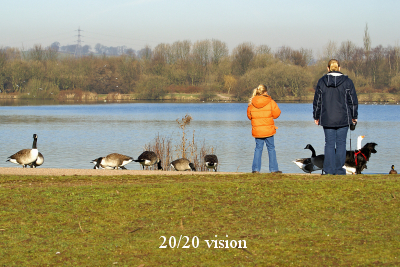
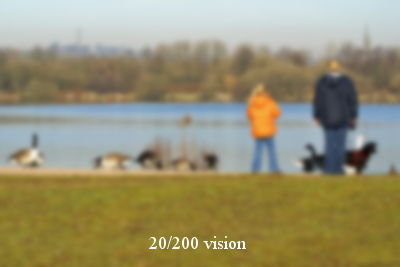
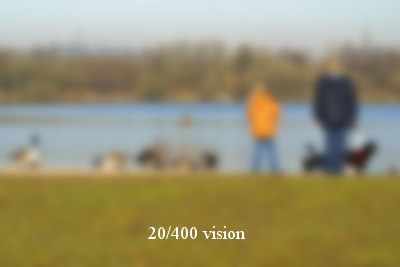
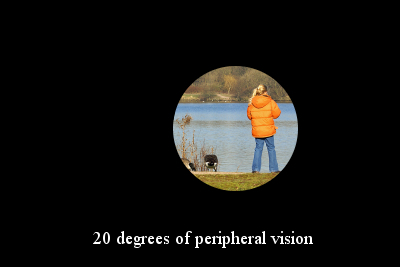
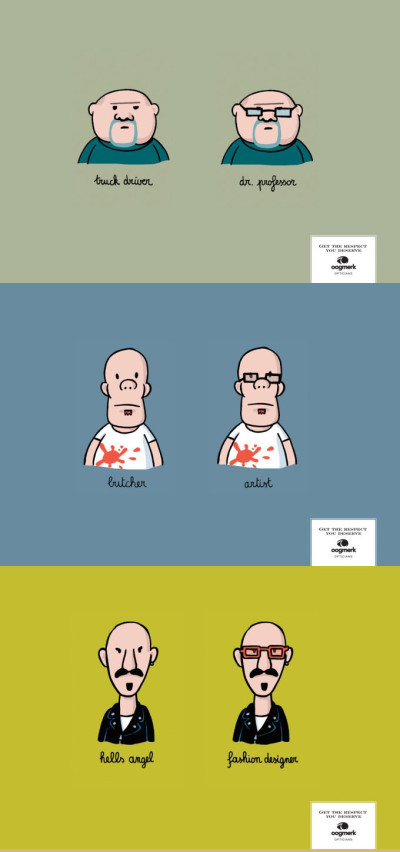
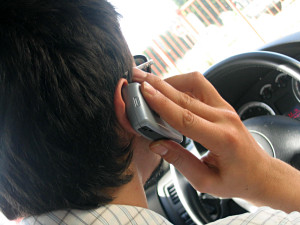 Over 55% of the U.S. own cell phones. Given our love of convenience, we love our cell phones. Add that to our attraction to large shiny metal objects, we love our cars. It’s only logical that the average person drives and talks on their cell phone at the same time.
Over 55% of the U.S. own cell phones. Given our love of convenience, we love our cell phones. Add that to our attraction to large shiny metal objects, we love our cars. It’s only logical that the average person drives and talks on their cell phone at the same time.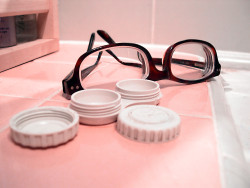 More than 30 million people wear contact lenses. Many of those wearers purchase their lenses through low-cost outlets, like online retailers (i.e. 1-800 Contacts) or discount brick and mortar clubs (i.e. Costco). However, a recent study indicates that bargain shopping may effect your eye health.
More than 30 million people wear contact lenses. Many of those wearers purchase their lenses through low-cost outlets, like online retailers (i.e. 1-800 Contacts) or discount brick and mortar clubs (i.e. Costco). However, a recent study indicates that bargain shopping may effect your eye health.